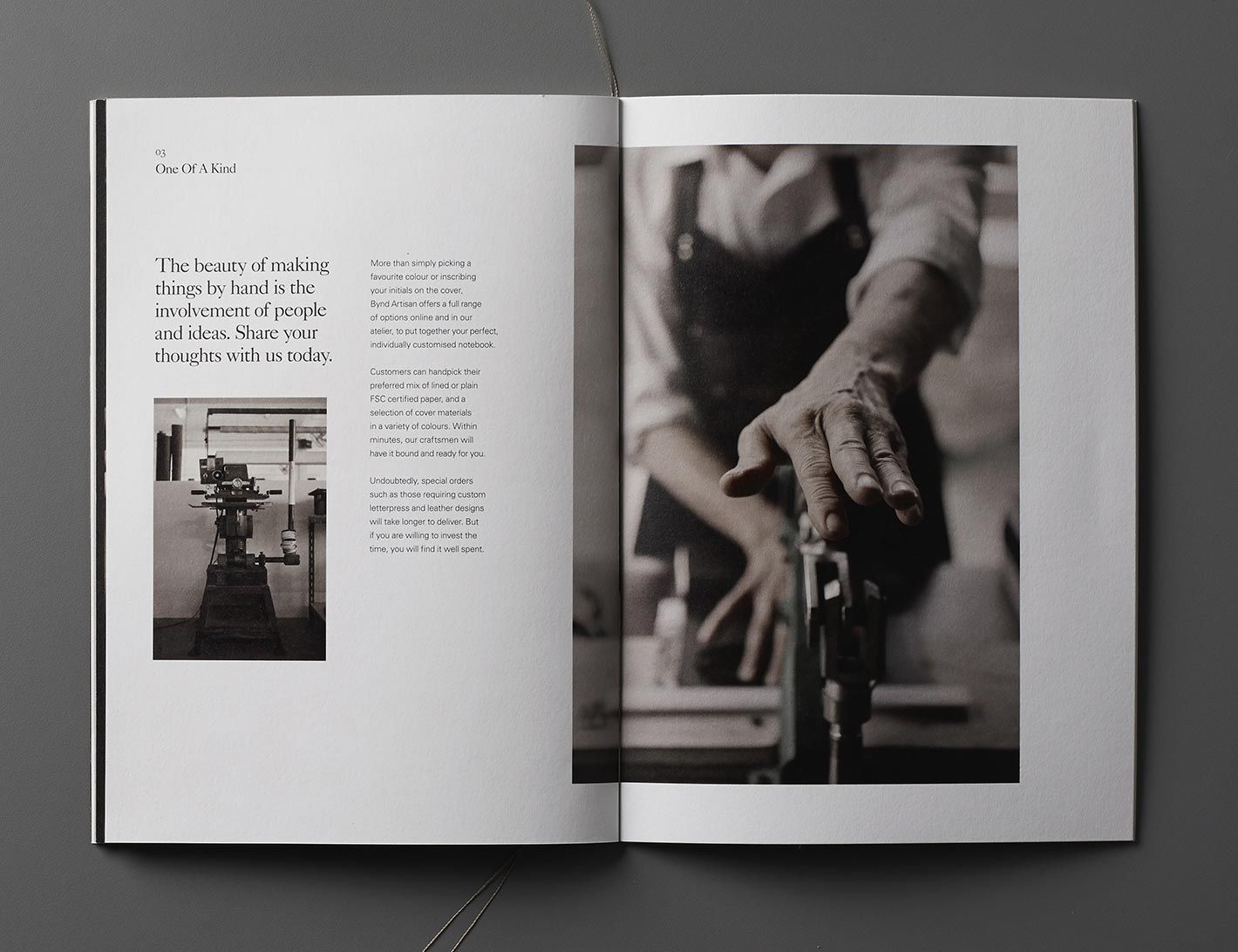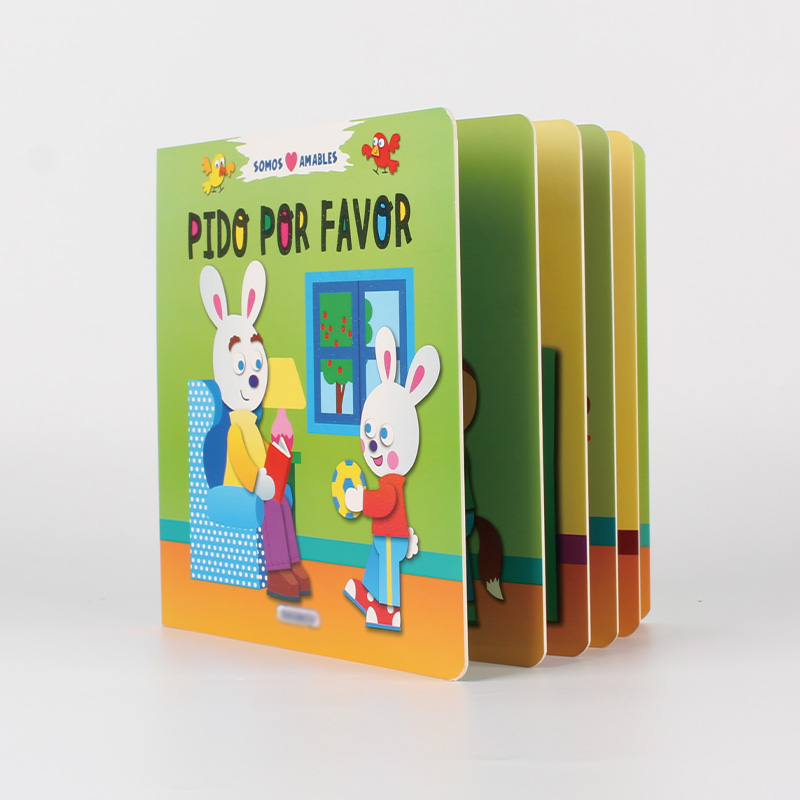Waarom worden de meeste boeken in China gedrukt?
With the rising demand for high-quality yet affordable printing, many publishers, authors, and businesses are opting to print books in China. The country’s competitive production costs, advanced printing technologies, and flexible customization options make it a top choice in the publishing industry. This guide explores the numerous advantages of book printing in China, including cost-effectiveness, quick production, sustainable practices, and comprehensive services tailored for international markets. Whether you’re an independent author or a major publisher, understanding these benefits can help you make an informed decision about your next print project.
Inhoudsopgave
1. Cost-Effectiveness: Achieve More Within Your Budget
One of the primary reasons for choosing book printing in China is the substantial cost savings it offers. By leveraging China’s competitive production landscape, publishers can produce high-quality books at a fraction of the cost elsewhere.
Lower Production Costs: China’s manufacturing sector is well-known for efficient processes and lower labor costs. This combination allows Chinese printers to deliver affordable rates, even for smaller print runs.
Kortingen op bulkafdrukken: Many Chinese printing companies offer significant discounts for large-volume orders, making it highly economical for publishers planning extensive print runs.
With these financial advantages, self-publishers and small businesses can maintain quality while keeping expenses manageable.
2. High-Quality Printing: Advanced Technology and Premium Options
Quality is essential in book printing, and Chinese printing companies have invested heavily in advanced technology and skilled personnel to meet international standards.
Modern Printing Equipment: Many Chinese printers use state-of-the-art technology, delivering vivid colors, sharp images, and precise text detail that match or exceed Western standards.
Diverse Material and Finish Options: With an array of printing options, including different paper types, binding styles, and finishes, Chinese printers can accommodate various book styles, from paperback novels to luxury coffee table books.
By choosing a reputable Chinese printer, publishers can ensure their books meet the highest quality expectations.
3. Fast Production Times: Get Your Books Quickly
For many publishers, speed is just as important as quality and cost. China’s well-established printing industry often offers faster turnaround times than competitors in other countries.
Streamlined Processes: With large-scale operations and efficient production systems, Chinese printers can handle substantial orders quickly, allowing publishers to meet tight deadlines.
High-Volume Capacity: Many Chinese printing companies are accustomed to managing large print jobs, ensuring efficient workflow and reduced delays.
For authors looking to release their books promptly or businesses needing rapid product rollouts, China’s quick production capacity offers a valuable advantage.
4. Comprehensive Services: One-Stop Solutions for Publishers
China’s printing industry goes beyond basic printing, offering additional services that simplify the publishing process. Many companies provide all-in-one solutions, from design to logistics.
Design and Packaging: Numerous printers in China offer services such as graphic design, layout formatting, and packaging, making it convenient for publishers to manage all steps in one place.
Flexible Customization: Chinese printing companies offer significant flexibility in customizing every aspect of a book, from size and format to cover materials and special finishes.
This one-stop approach not only saves time but also reduces the complexity of managing multiple vendors.
5. Experience with International Markets: Expertise You Can Trust
China’s printing companies are highly experienced in working with global clients, giving them insight into international quality standards and export requirements.
Established Export Practices: Chinese printers are familiar with the nuances of international shipping, customs documentation, and packaging standards, ensuring a smooth process for overseas orders.
Language and Communication Support: Many companies have English-speaking staff, reducing communication barriers and helping clients specify requirements accurately.
By choosing an experienced printing partner, publishers can avoid potential pitfalls associated with international shipping and ensure their project meets global expectations.
6. Eco-Friendly Printing Options: Support Sustainable Practices
With growing concern for the environment, many Chinese printing companies now offer eco-friendly options for clients who prioritize sustainability.
Use of Recycled Paper and Inks: Some printers offer environmentally friendly materials, such as recycled paper and soy-based inks, catering to clients who want eco-conscious print products.
Sustainable Manufacturing Practices: Several printing companies in China are adopting sustainable production methods, from energy-efficient machinery to reduced waste practices.
For publishers aiming to minimize their environmental impact, choosing a sustainable printer in China aligns with eco-friendly values and supports responsible production.
7. Access to a Vast Network of Suppliers: Better Sourcing for Materials
China’s large manufacturing sector provides printers access to a comprehensive network of suppliers, which enhances the sourcing options for materials like paper and binding supplies.
High-Quality Material Sourcing: With an extensive supplier network, Chinese printers can source premium-quality materials tailored to clients’ needs, whether for basic or luxury projects.
Affordable Resources: Local suppliers in China enable printers to obtain materials at lower costs, a savings that is often passed on to clients.
This strong supply chain network enables Chinese printers to offer a wide range of high-quality materials at competitive prices.
Conclusie
Choosing book printing in China offers publishers an attractive mix of affordability, quality, and speed. With access to advanced printing technology, sustainable options, and comprehensive services, China’s printing industry has become a reliable choice for international clients. By understanding the advantages—cost-effectiveness, production speed, customization, and more—publishers can make well-informed decisions that benefit both their budgets and the quality of their products. For anyone seeking high-quality book printing with flexible services and competitive pricing, China presents a wealth of valuable options that meet the demands of today’s publishing world.
Veelgestelde vragen
1. Are there any hidden costs with printing books in China?
In addition to the printing cost, publishers should account for shipping, customs fees, and potential taxes. Many printing companies provide detailed quotes that outline these costs, but it’s advisable to confirm all expenses upfront.
2. How do I ensure quality control when printing overseas?
Requesting sample prints before the full production run and working with experienced companies that provide English-speaking support can help maintain quality standards. Some printers also allow clients to oversee quality checks through third-party services.
3. Is book printing in China only beneficial for large orders?
While larger orders maximize cost efficiency, many Chinese printers now cater to smaller print runs with digital printing options, offering affordable solutions even for limited quantities.
Boekdrukkunst
Nieuwe producten
Laatste blog
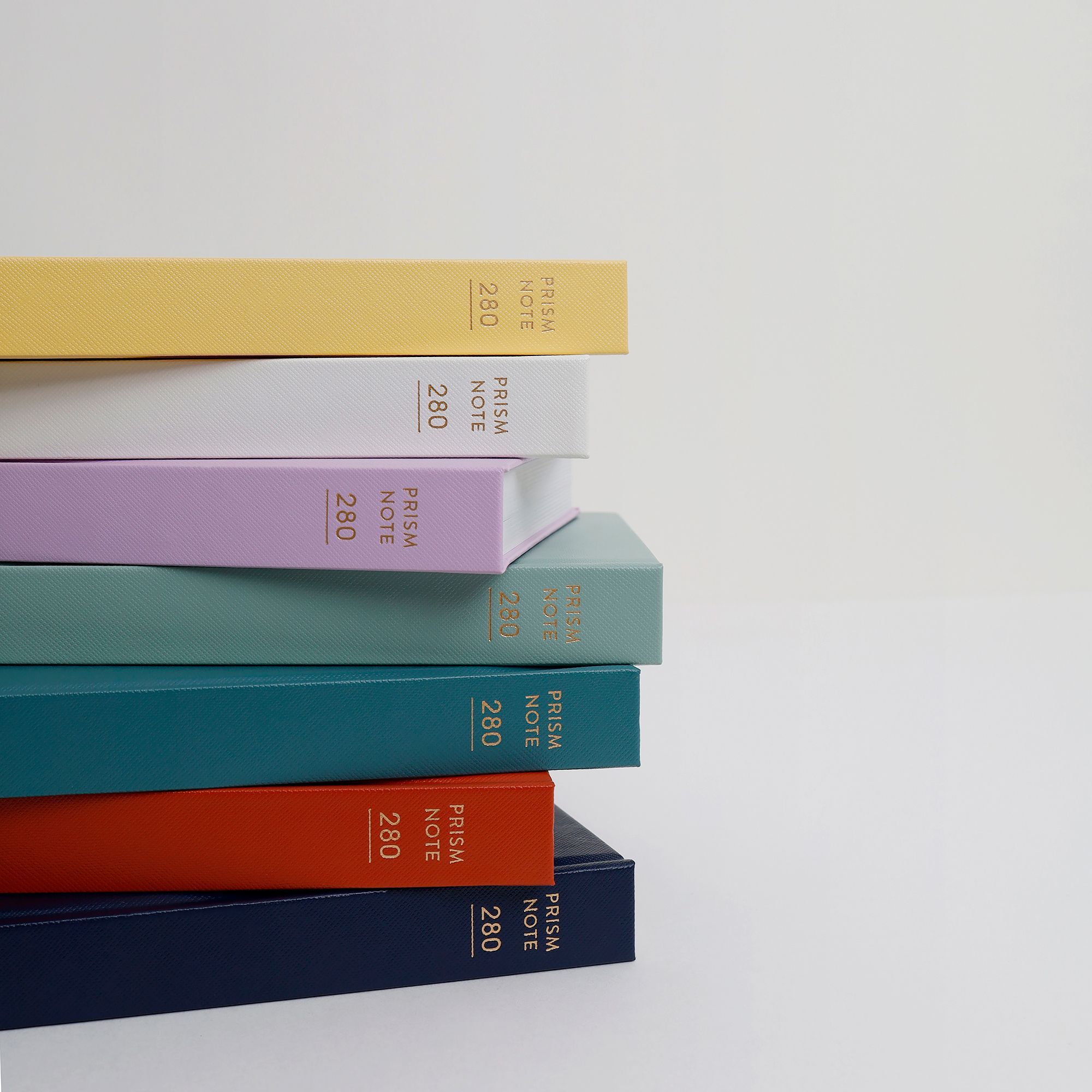
De voordelen van professionele boekdrukdiensten
Als u zich op zelfpublicatie stort, zal een van uw voornaamste zorgen het vinden van economische opties voor het drukken van boeken zijn
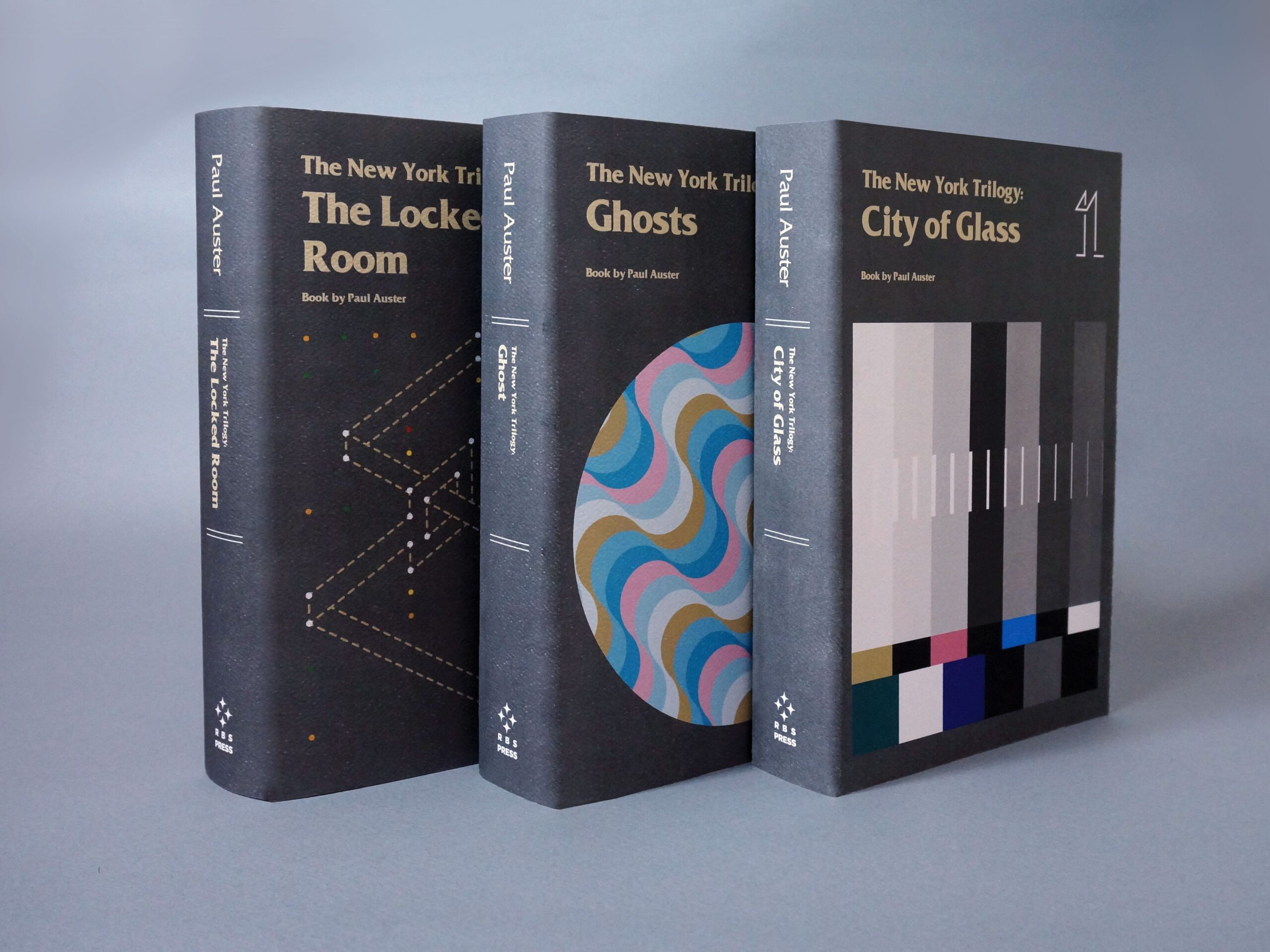
De kracht van op maat gemaakte boekdrukkunst
Als u zich op zelfpublicatie stort, zal een van uw voornaamste zorgen het vinden van economische opties voor het drukken van boeken zijn
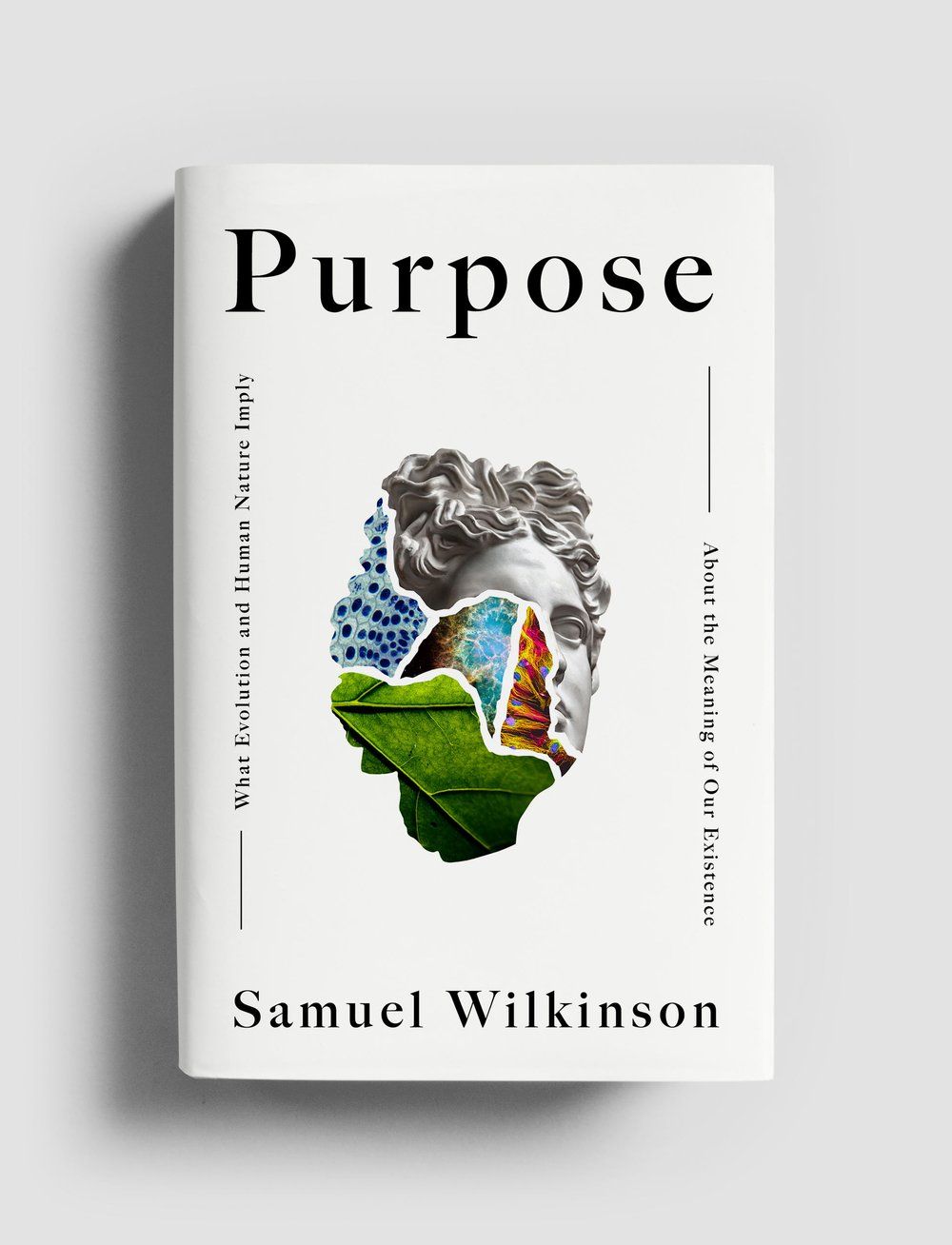
Wat is de goedkoopste manier om een boek te maken?
Als u zich op zelfpublicatie stort, zal een van uw voornaamste zorgen het vinden van economische opties voor het drukken van boeken zijn

Hoe heeft het drukken de kosten van boeken verlaagd?
Of u nu een aspirant-auteur bent die van plan is zijn eerste roman te drukken, een bedrijf dat een productcatalogus voorbereidt of iemand die professioneel boekdrukken nodig heeft,
Neem contact met ons op
- +86 13946584521
- info@booksprinting.net
- 8:00 - 22:00 (ma - zo)
Reacties
Gerelateerde blog
Ontdek de nieuwste trends en algemene kennis in de boekdrukbranche.

Hoeveel kost het om een boek te drukken
Bij het starten van een boekdrukproject is een van de eerste vragen waarmee auteurs en uitgevers worden geconfronteerd: hoeveel kost het om een boek te drukken? De kosten van het drukken van een boek kunnen sterk variëren, afhankelijk van talloze factoren, zoals het type boek, de hoeveelheid drukwerk,

Waarom houden mensen van hardcoverboeken?
Als u zich op zelfpublicatie stort, zal een van uw voornaamste zorgen het vinden van economische opties voor het drukken van boeken zijn
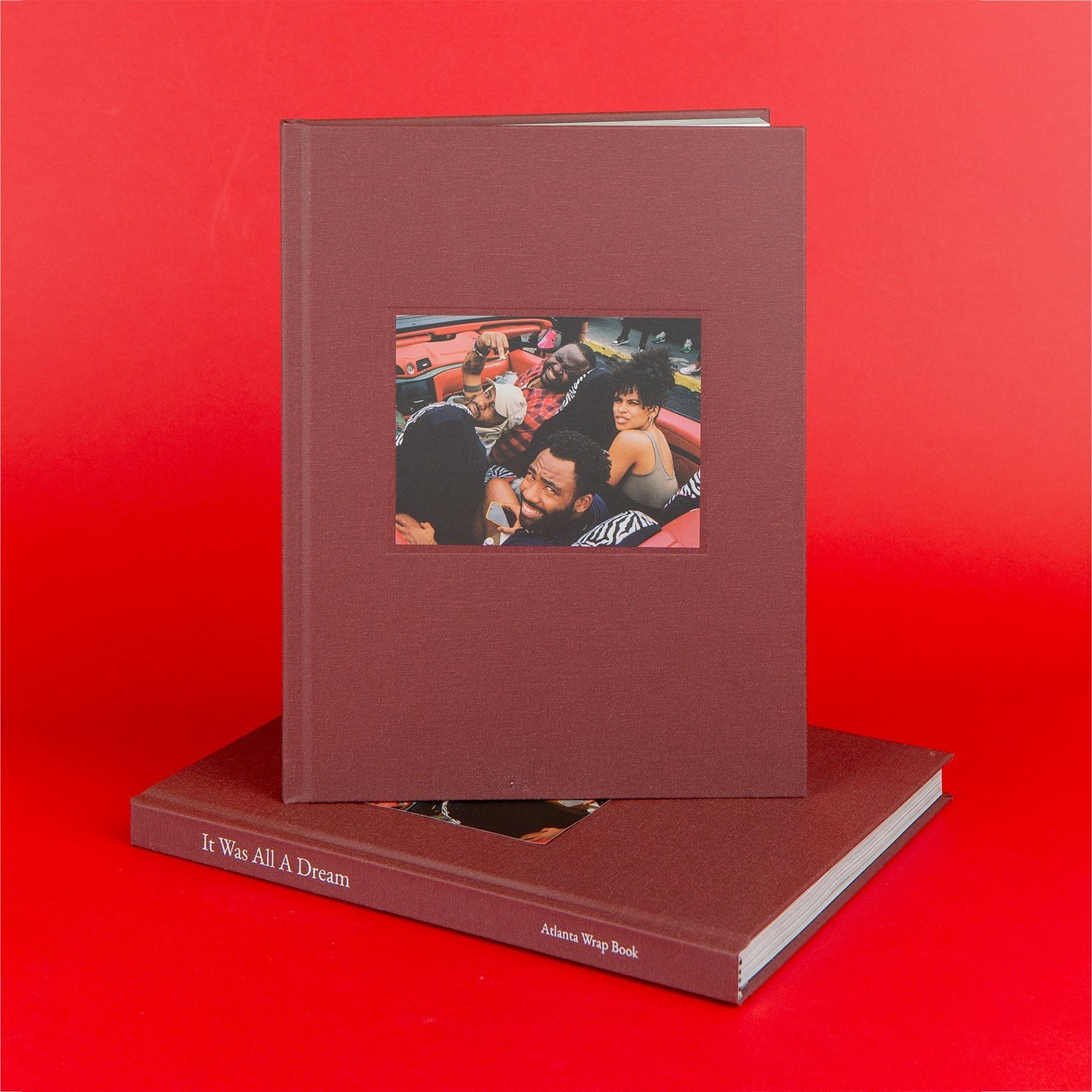
Hoeveel kost het om een fotoboek te maken?
Het maken van een fotoboek is een ideale manier om herinneringen te bewaren, mijlpalen in het leven te vieren of zelfs een uniek cadeau te geven aan iemand speciaal. Veel mensen vragen zich echter af: *"Hoeveel kost het om een fotoboek te maken?"* De kosten voor het maken van een fotoboek van hoge kwaliteit kunnen aanzienlijk variëren, afhankelijk van verschillende factoren.
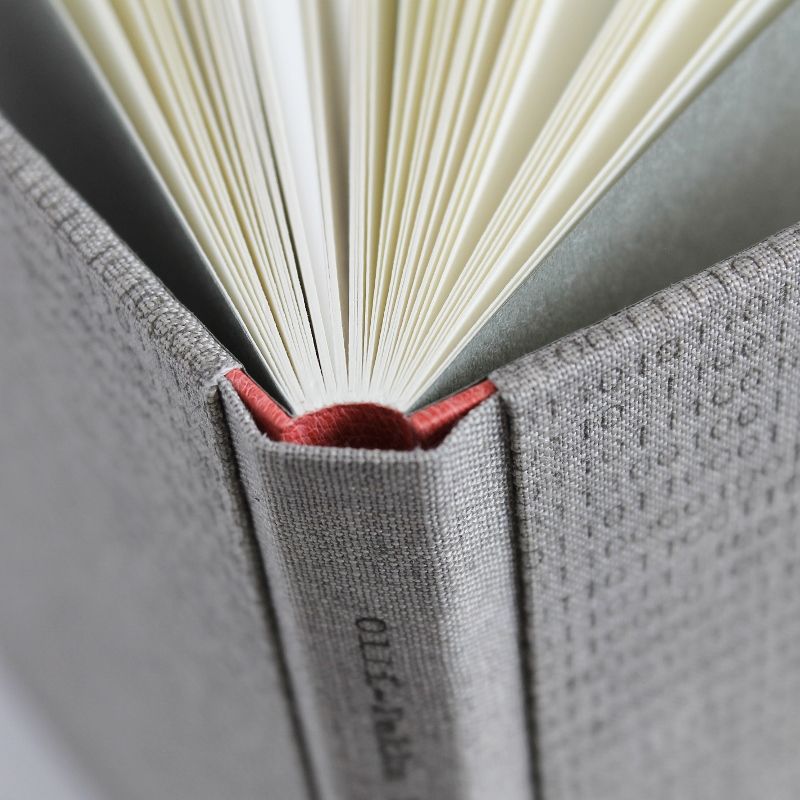
Welk type papier wordt gebruikt voor het drukken van boeken?
Als u zich op zelfpublicatie stort, zal een van uw voornaamste zorgen het vinden van economische opties voor het drukken van boeken zijn

